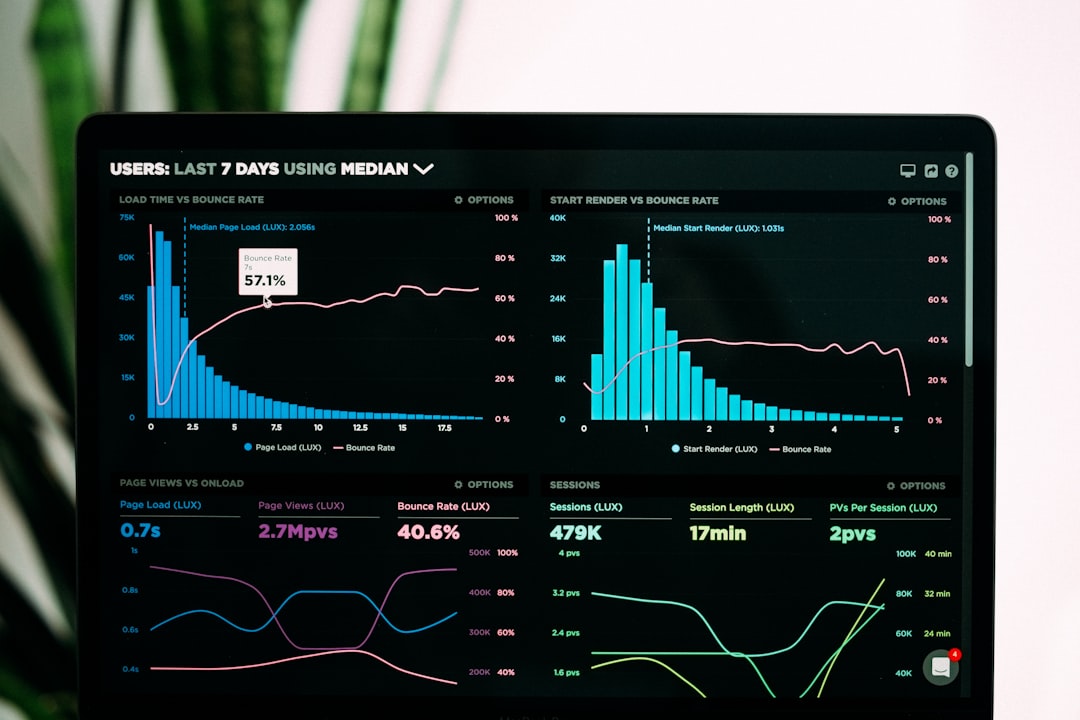
Top Journals for Publishing Economic Research: A Comprehensive Guide.
# Introduction. Publishing economic research in reputable journals is pivotal for scholars aiming to share their findings with a broad audience. The right journal can enhance the visibility of one's work, aid in networking within the academic community, and ultimately contribute to a researcher’s career advancement. With the plethora of options available, selecting the best fit can be daunting. In this post, we will explore some of the top journals in the field of economics, factors to consider when choosing a journal, and tips for successful submission. # Top Journals in Economics. When it comes to showcasing economic research, several journals stand out due to their credibility, impact factor, and adherence to rigorous academic standards. Here are some of the leading journals: ## 1. The American Economic Review. The American Economic Review (AER) is one of the most prestigious journals in economics, known for publishing influential work in all areas of economics. Established in 1911, AER has a rigorous peer-review process and emphasizes novel research that contributes to economic understanding. The journal is widely read and has a vast impact on policy discussions and academic discourse. ## 2. The Journal of Political Economy. Published by the University of Chicago Press, The Journal of Political Economy (JPE) is known for its high-quality research articles in both theoretical and empirical economics. The JPE has a long history and is highly respected in the field, making it a desirable outlet for researchers. The journal often features articles that bridge economics with other disciplines, providing unique insights into complex issues. ## 3. The Quarterly Journal of Economics. The Quarterly Journal of Economics (QJE) is considered one of the oldest professional journals of economic research. It focuses on a broad array of topics, including microeconomics, macroeconomics, and innovative methodologies. QJE is particularly noted for its rigorous peer-review process and for publishing research that has significant policy implications. ## 4. The Review of Economic Studies. The Review of Economic Studies is known for publishing original research on various economic subjects, including theory and application. The journal emphasizes quality over quantity, and its articles often delve deeply into both established and emerging economic theories. Researchers eager to engage with current economic debates often find a suitable platform here. # Factors to Consider When Choosing a Journal. Selecting a journal for publication requires careful consideration of various factors: ## 1. Scope and Aims. Different journals cater to different areas of economics. It's crucial to choose a journal whose scope aligns with your research topic. Review the journal’s mission statement and recent articles to gauge whether your work fits well with its aims. ## 2. Audience. Understanding the readership of a journal can drive your choice. Consider whether your target audience consists of academics, policymakers, or practitioners in the field. Select a journal that speaks to the audience you wish to reach to maximize the impact of your research. ## 3. Review Timeline. The time taken for the peer-review process can vary significantly across journals. If timely publication is essential for your research, make sure to verify average acceptance and publication timelines. Some journals offer expedited review processes for particularly significant research. ## 4. Impact Factor and Reputation. While impact factor isn’t the only metric to consider, it does provide insight into a journal’s reputation and reach within the academic community. Journals with higher impact factors are often viewed as more prestigious, which can be beneficial for your academic profile. # Tips for Successful Submission. Once you have chosen the right journal, follow these tips for a successful submission: ## 1. Follow Submission Guidelines. Each journal has specific submission guidelines, and it’s vital to adhere strictly to these. Guidelines often include formatting requirements, citation styles, and word limits. Ignoring these details can lead to immediate rejection, regardless of the content quality. ## 2. Write a Strong Abstract. The abstract is typically the first impression a reviewer will have of your research. Craft a concise and compelling abstract that outlines your research question, methodology, findings, and implications. A well-structured abstract can effectively capture the attention of readers and encourage them to engage with your work. ## 3. Prepare for Revisions. Peer reviews often require revisions before acceptance. Be prepared to respond constructively to reviewers' feedback and make necessary adjustments to your manuscript. This process is a standard part of academic publishing, and embracing it can enhance the quality of your research. # Conclusion. Publishing in top economic journals is essential for contributing to scholarly discourse and achieving recognition in the field. By carefully selecting the right journal based on scope, audience, and reputation, and by following best practices for submissions, researchers can maximize their chances of success. Whether you’re a seasoned scholar or a budding economist, understanding the landscape of academic publishing will serve you well in your quest for recognition. .









